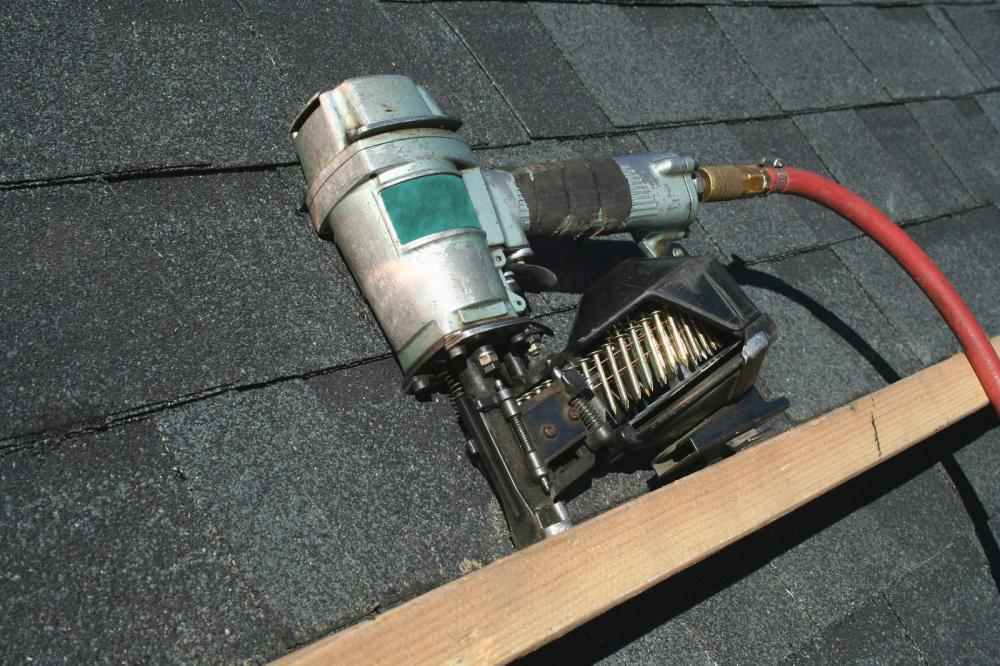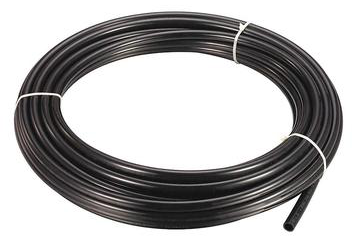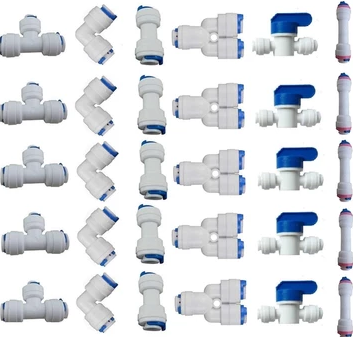What comes to your mind when you picture factories that produce computer boards, cars and coffee grinders? Perhaps a robotic environment with a couple of computerized arms working in an assembly line? In reality, these labs are powered by dozens of pneumatic systems too.
You’d be surprised to know that there are tons of pneumatic systems used in our everyday life, including train doors, mechanical clamps, automatic production lines, and more. In pneumatic applications, mechanical motion is achieved through pressurized air or gas, which in turn, transmits and controls energy. Compressed air acts as both the control and working medium.
Air is unlimited; therefore, manufacturers can take advantage of as much air as they require to power machines and tools. As a result, pneumatic systems are relatively less expensive to build and operate. Moreover, compared to electric motors and actuators, the energy produced by pneumatic systems is more reliable, flexible, far less dangerous and less costly.
Let’s look at some other applications of pneumatic systems:
Air Brakes
Air brakes are one of the most common applications that come to mind when you think of pneumatic technology. Train cars, trucks and buses all use pneumatic or air brakes, which operate on compressed air. The braking system is initially charged with compressed air in order to maintain optimum air—this ensures that the brakes are disengaged. When force is applied on the brake pedal, the driver’s brake valve initiates an air pressure drop, which in turn, slows down the vehicle or stops it entirely.
Dental Drills
Air-driven dental drills are a prime example of pneumatic technology. Compressed air is clean and doesn’t possess the risk of leaking anything poisonous when working on a patient’s mouth. What’s more is that the high speed rotary cutting instruments allow dentists to perform intense procedures in reduced time.
Job Sites
Pneumatic tools are staples at a job site. Construction crews use air-powered jackhammers that combine a chisel and hammer to break concrete up. An electric source couldn’t possibly drive enough power for a jackhammer to perform these tasks, which is why it is connected to a compressor via an air hose.

Experts also use cable-jetting to put cables into ducts. Compressed air is inserted for this purpose, which then flows through the duct along the cable. Moreover, paint sprayers also rely on pressurized air to get the job done.

Recognized as a leading provider of the finest pneumatic fittings and accessories, we also provide quality push to connect tube fittings that can be used in a variety of high-powered pneumatic applications.
Shop our store or get in touch with us for more information.




Leave a comment
This site is protected by hCaptcha and the hCaptcha Privacy Policy and Terms of Service apply.